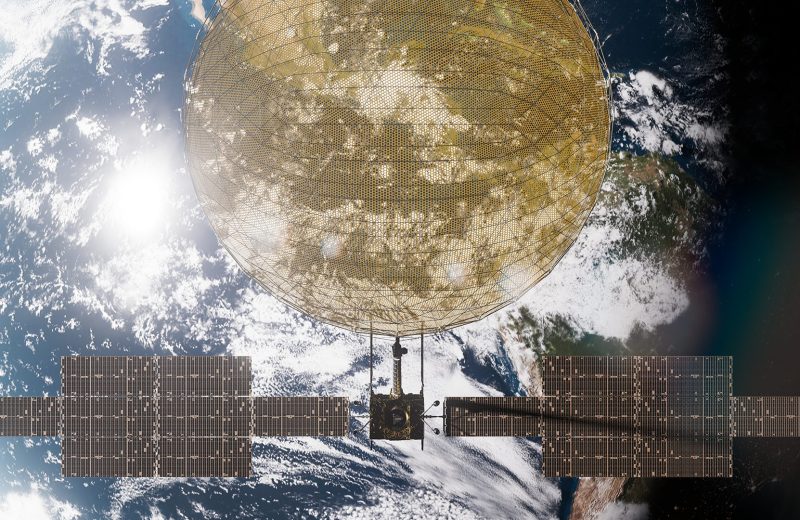Viasat enters multi-orbit realm with LEO offering

Viasat is adding a LEO component alongside its ViaSat-3 GEO satellite network.
Viasat has partnered with Telesat to add a low Earth orbit (LEO) component to its geostationary satellite (GEO) offering as it bids to become a leading multi-orbit satcom provider for business aviation.
The company will leverage Telesat Lightspeed’s LEO capacity to offer resilient, low latency connectivity alongside its GEO service, including next-generation ViaSat-3 satellites, for a high-performing, reliable global solution.
READ: The Official Guide to Aircraft Connectivity 2026
Both satcom systems will operate with Viasat’s JetXP solution for a “frictionless” experience for end users with LEO services set to go online in late 2027.
“We believe that the most important thing for business jet connectivity is to have consistency and reliability, which we deliver utilizing our high-capacity GEO satellites,” says Claudio D’Amico, vice president, strategic market engagement, Viasat.
“By bringing a LEO component to the mix, now we have full redundancy of the existing network and we’re able to improve the performance by intelligently routing the traffic to the best link.”
Backbone
Viasat’s GEO service remains the “backbone” of its connectivity because of its consistency, reliability and flexibility of satellites which can switch capacity to areas of high demand, says D’Amico.
For specific use-cases that require lower latency or less jitter (inconsistent service), such as first-person gaming or high-definition video calls, Viasat’s JetXP will offer a “simultaneous connection” to the LEO system, “providing the reliability and the performance that’s unmatched”.
“That’s why we feel that this is important for a roadmap going forward,” adds D’Amico.
Viasat’s answer to business aviation’s multi-orbit connectivity trend combines both systems in one service offering rather than having to switch between two different cabin solutions.
“[It] doesn’t just bring the capacity and performance, but from an operational standpoint, it brings it all under one commercial term that’s much more attractive to customers,” says D’Amico.
“The system will orchestrate between all of the links available to provide that connectivity experience that people are looking for. It’s frictionless from a user standpoint.”
The LEO connection will require an additional flat-panel electronically steered antenna (ESA), which will work with JetXP’s existing tail-mount antennas.
“We’re proud that Viasat has successfully pioneered some of business aviation’s greatest in-flight connectivity innovations over the past 35 years, all with a focus on delivering the very best experience possible to stay ahead of evolving customer needs,” said Don Buchman, president, Aviation at Viasat in a statement.
“That’s been a key part of our success and the reason why our premium solutions are widely adopted on more than 5,000 business jets worldwide.”







